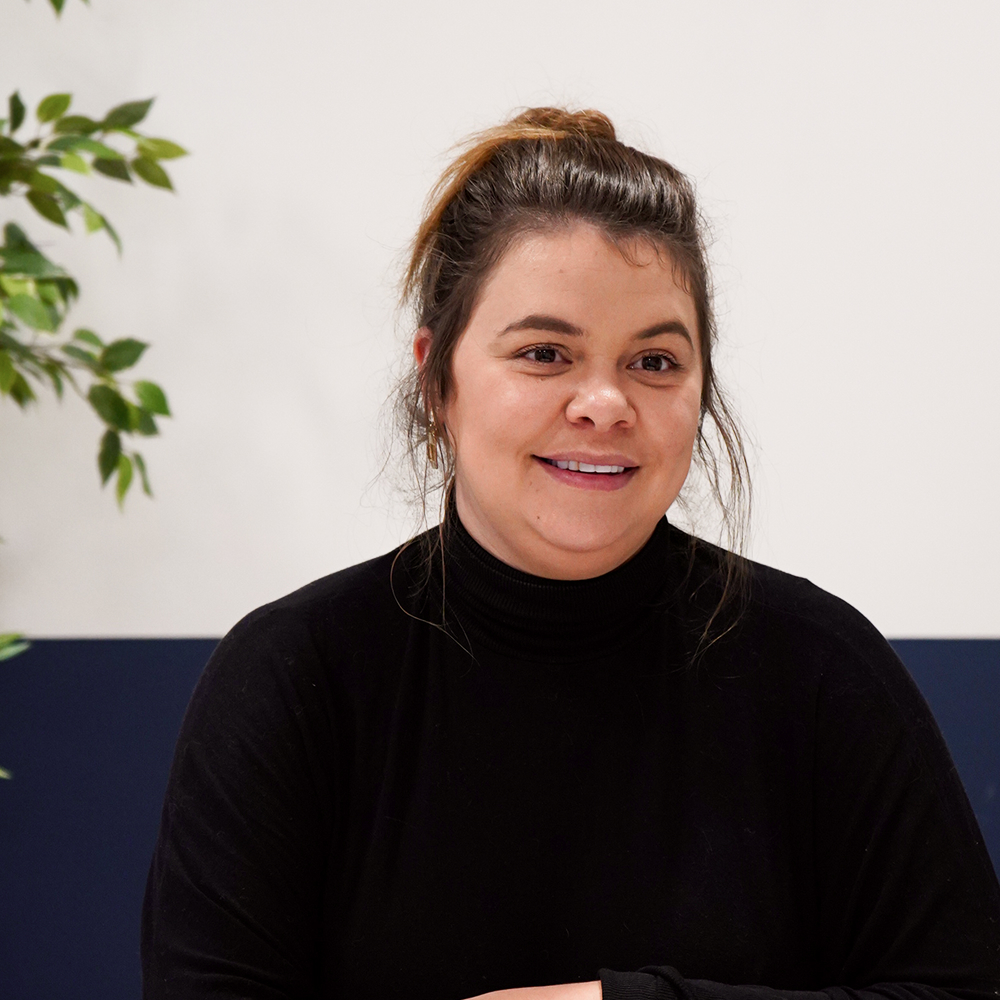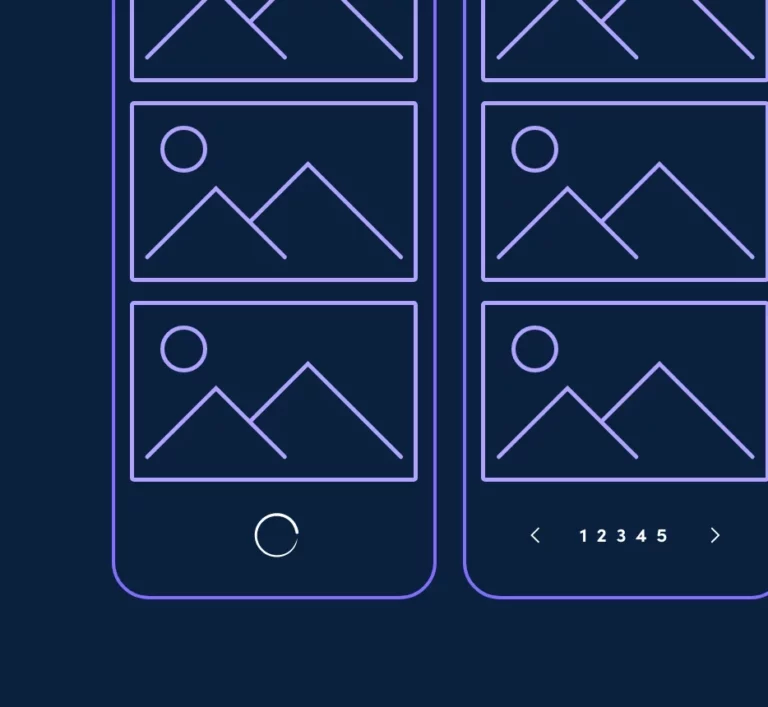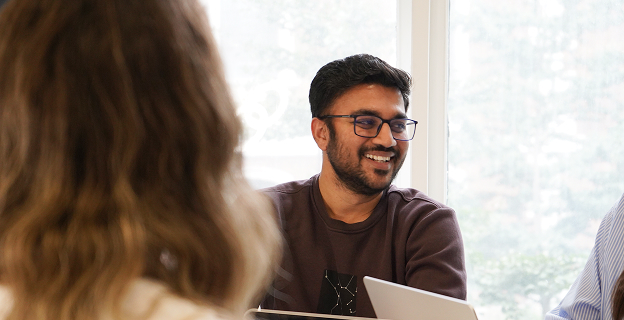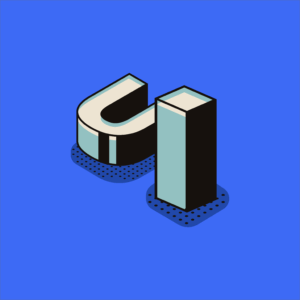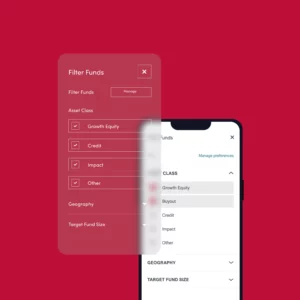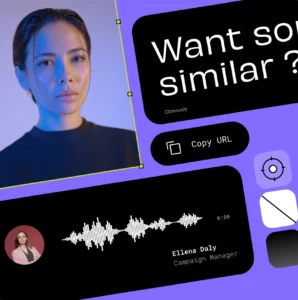We recently had a friendly debate in our office of which we thought was a better experience but putting personal bias aside there is no right or wrong answer. It all depends on the type of service you are providing.
Content is what defines your website and the reason why your audience will return again and again. Choosing the right browsing experience based on your unique content will enrich the experience rather than leave your audience feeling confused and frustrated.
What is infinite scrolling?
I think it’s fair to say at some point we have all fallen down the rabbit hole of endless scrolling. In short infinite scrolling is a technique used to fetch a continuous source of information as a user reaches the bottom of a page. Pinterest and Unsplash are great examples of the use of dynamic content.
What is pagination?
Pagination is the sequence of numbers used up to divide pages of content that a user can control, you’ll see this commonly used on large e-commerce sites or information websites that update content regularly.
The pros and cons of:
Infinite scrolling
Pros:
- Continually scrolling as we know is addictive, a pro…debatable but it does have a better usability experience than clicking
- There is a better chance of user engagement
- Users have the opportunity to discover new content with little to no thinking
- Thanks to social media continuously scrolling on mobile has become the prefered way to interact with content
Cons:
- There is no way for the user to reference or bookmark content of interest
- If done incorrectly it can have an impact on site performance as the page needs to load infinite content as the user scrolls
- Your user will never reach the footer which may house important information for them
Pagination
Pros:
- Your pages will have a good conversion rate because as people are searching it will show in a specific list of items
- It will give your users a scene of control and clarify how long it will take them to find what they are looking for.
- A returning user will be able to identify quickly where the content is
Cons:
- It obstructs the user experience which will lead to lower engagement rates
- If not implemented properly can cause confusion
- So which one is better for you? The bottom line is no ideal or stronger one, it all comes down to your UX and content requirements. The best thing to do is to analyse web and user goals and make decisions based on them.
